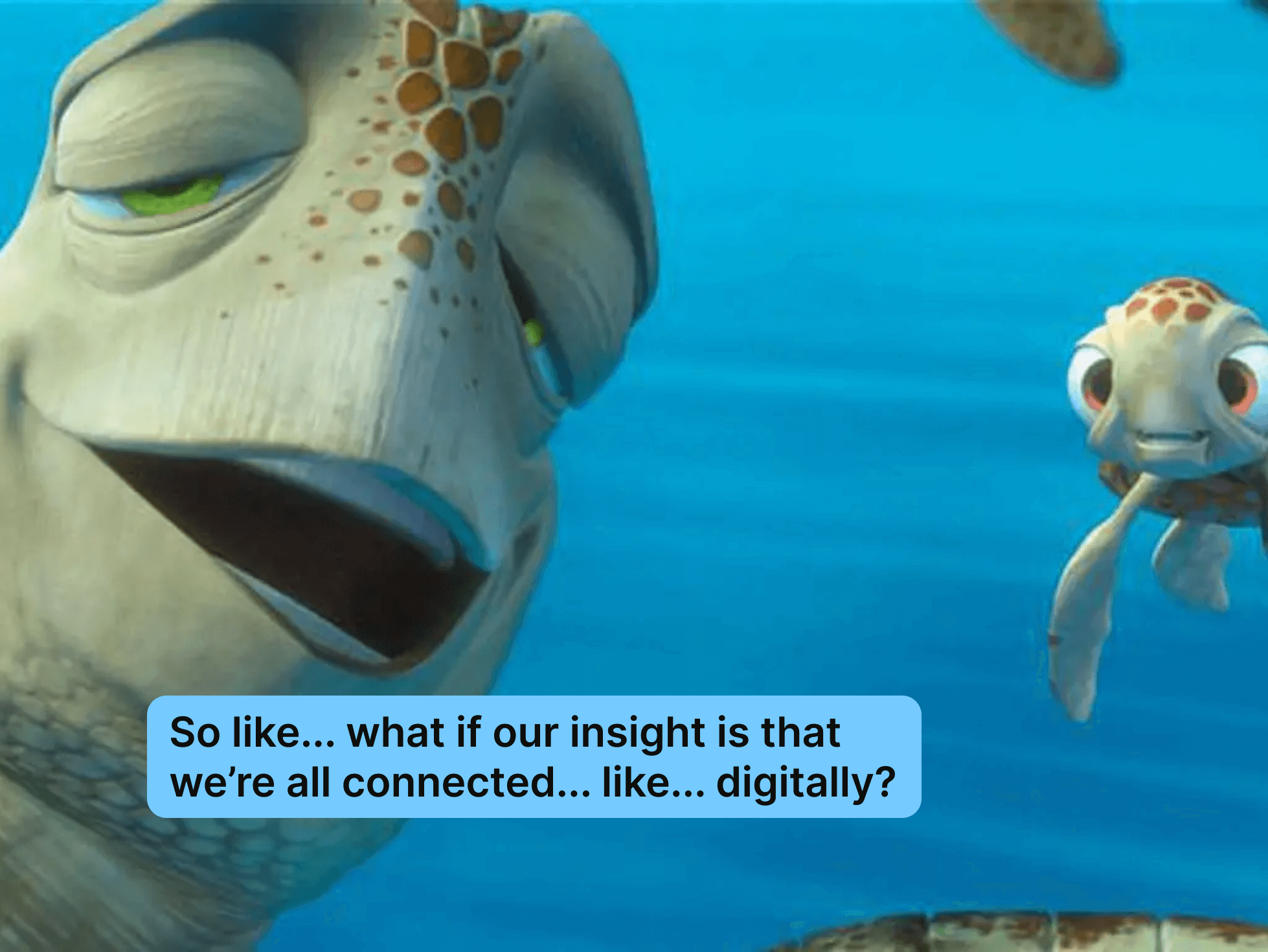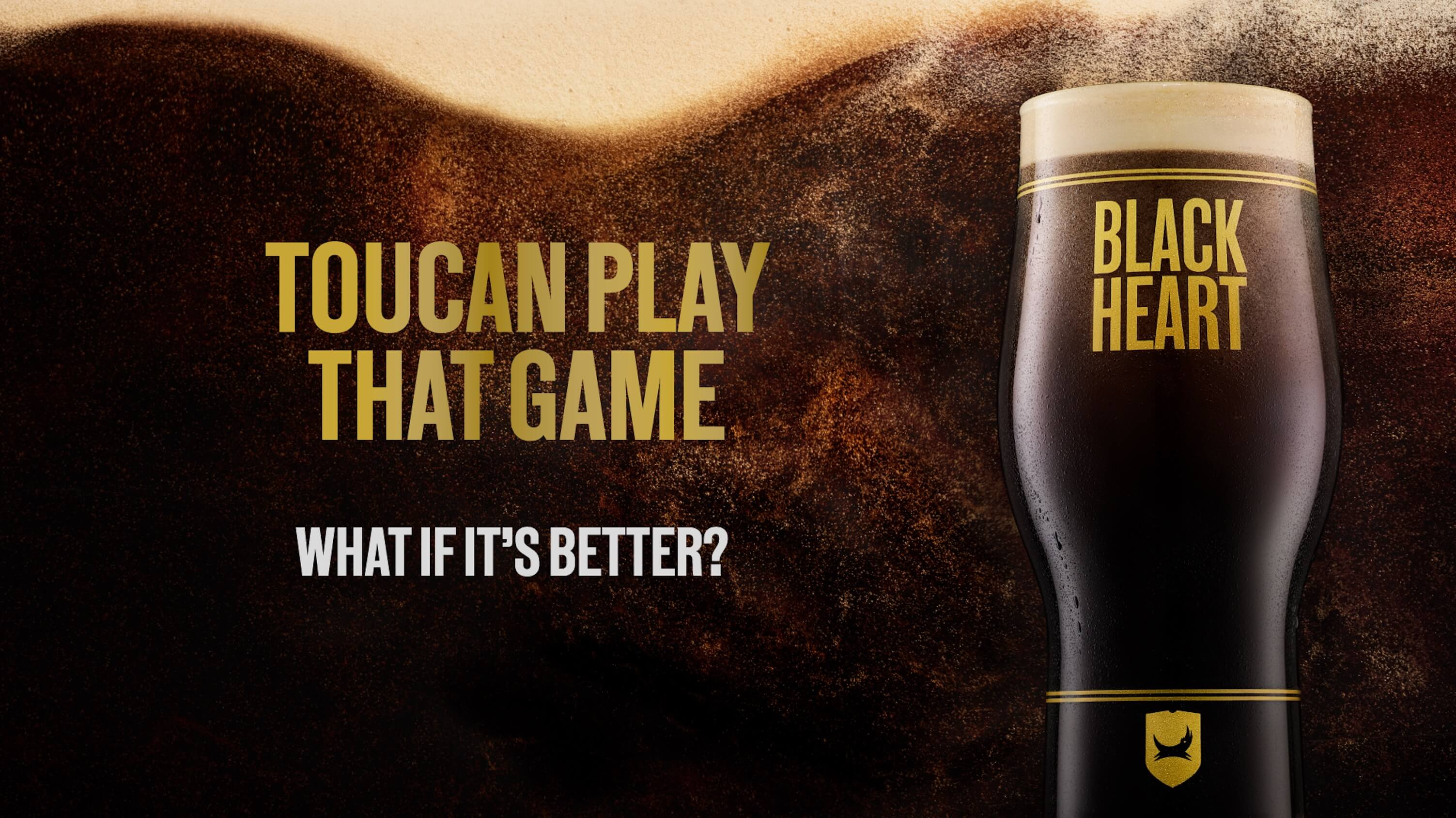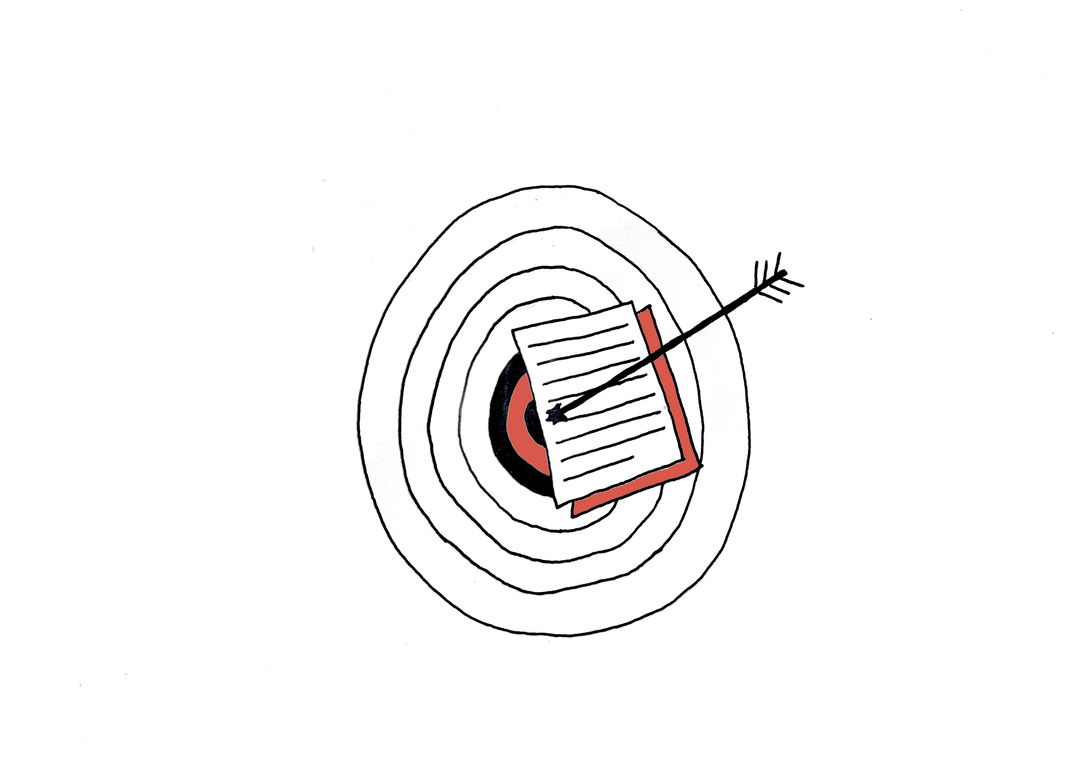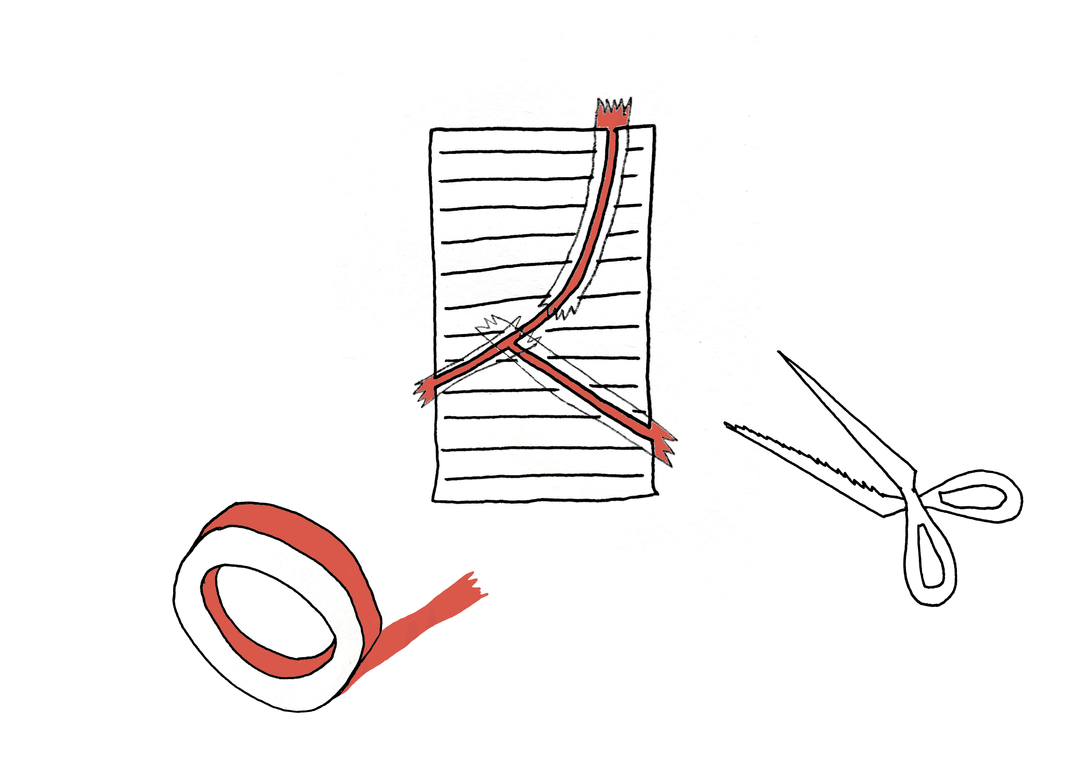Marketing insights - what they are and how to find them (with examples) 💎


At the heart of an effective creative philosophy is the belief that nothing is so powerful as an insight into human nature, what compulsions drive a man, what instincts dominate his action, even though his language so often can camouflage what really motivates him.
Bill Bernbach
Of course, you could also use Briefly to synthesise an insight from all of your brand's documents and research.
What is an insight?
Understanding what customers want and need is crucial for creating successful marketing campaigns. Marketing insights provide valuable information based on data about the people a company wants to reach. They're different from raw data because it's not just numbers; it's the useful conclusions marketers can draw from them. These conclusions help them decide things like the best time to do business or which groups of people are most likely to be interested in their products or services.
What kind of insight do I need for my marketing brief?
You might be thinking that it's your agency's job to come up with the insight for your campaign. And you'd be right. Your agency should come up with a creative insight. But before they do, you need to provide an insight of your own.
A creative insight (the one your agency will provide) is about turning truth into conceit. It makes for interesting and compelling advertising.
The insight you're looking for is about truth itself - smart observations of the real world that make for effective advertising.
Example: BrewDog's Stout Launch
When BrewDog launched a new stout as a competitor to Guinness, their market research showed that Guinness drinkers were so loyal to the brand that BrewDog could never hope to convince them that their stout was better through advertising alone.
Their creative agency, Saatchi & Saatchi, built upon this insight, realising that the explosion of craft beer had made 'trialling new beers' an essential part of the beer drinking experience, except for in one corner of the market - stout.
So, their campaign would need leverage beer drinking's 'trial culture' to get Guinness drinkers to try a new stout, just once.
 BrewDog's eventual launch campaign for their new stout, Black Heart.
BrewDog's eventual launch campaign for their new stout, Black Heart.
If you're interested in how your agency might approach their creative insight, check out this brilliant article from Mark Pollard.
How to find an insight for a marketing brief - with examples
The Observation
An insight that isn't based on fact is at best a joke, and at worst a lie. So start with all the research you can get your hands on. Understand your customers, understand your products and brand, understand the parts of culture both your customers and brand sit within and engage with. There is no template to follow here - just go and get some information, and capture it in bite-size nuggets. Check out our article on summarising key info; the same skills you use there will help you here.
Sources of Insights
Digital analytics
There are a number of sources you can draw on to understand your audience and their digital lives and habits:
- Meta provide tools to understand more about your audience's interests and attitudes, or their reactions to products and campaigns
- Google search analytics enables you to understand what your audience is looking for, and the journeys they take to get there
- Your own website analytics - buyer journeys, basket sizes, and more
Primary market research
Any form of direct consumer feedback is a great way to collect market insights:
- Commissioning surveys to understand broader attitudes and interests
- Follow-up surveys after a purchase or engagement
- Direct conversations with your audience (often least-used but most valuable)
Insights aren't all about representative data, or high sample sizes - understanding the specific problems your audience face can be the best unlock for your next marketing campaign.
Public information
Thanks to the internet, companies now have access to seemingly endless amounts of data, a lot of which is available to the public. Companies can use data about:
- Consumer spending habits
- Financial statuses
- Current state of their industry
- Economic indicators
The Twist
Now really wring your observations. Try to elevate them beyond facts and turn them into truths. Again, there's no real formula here, so we've come up with a few examples to show you what the thought process might look like. The aim is to take an observation of the real world, and turn it into an 'evergreen' truth. Something that you could say at any dinner party to unanimous nods and murmurs of agreement.
Example 1: California Milk Processor Board's insight
The Observation
People buy milk when they run out of it.
The Twist
There's nothing worse than needing milk and having none in the fridge.
The Campaign
Got Milk?
Example 2: Dove's insight
The Observation
Women don't like the majority of beauty product ads.
The Twist
Beauty companies make ads that feature women who don't look like 95% of actual women.
The Campaign
Dove's Real Beauty
Example 3: Lynx's insight
The Observation
Searches like "can men wear pink" or "is it ok for guys to do yoga?" are on the rise amongst young men.
The Twist
Young men still feel pressure to live up to classic masculine ideals and labels.
The Campaign
Lynx's "is it ok for guys..."
The Jump
This is where your creative agency will usually take over. But if you're working directly with a production house, or if you just really want to guide your agency, there's just one word you need: but.
Great insights often come from tension. They should be true - but a little uncomfortable. You should look at it thinking, "Huh, I don't really know how I feel about that." So take your observation and your twist, and add "but" to the end.
California Milk Processor Board
There's nothing worse than needing milk and having none in the fridge. But that's an exaggeration - people really don't care about milk all that much.
Dove
Beauty companies make ads that feature women who don't look like 95% of actual women. But most women don't see themselves as the kind of person who would appear in a beauty ad.
Lynx
Young men still feel pressure to live up to classic masculine ideals and labels. But they choose to seek relief from the people and brands that only reinforce those ideals.
Creating and writing insights is difficult. It's a skill that needs honing and constant practice. But if you do your research, wring your findings, and refine the end result, you'll be in a stronger position than most other marketers.
Of course, if you want to make writing a great brief easy, you can always try Briefly 🌱















